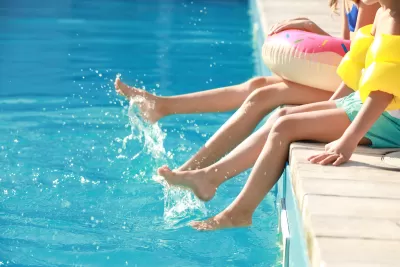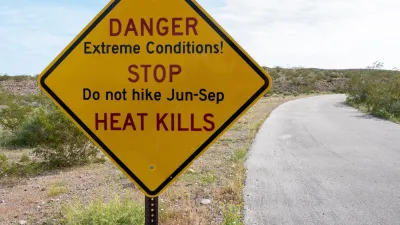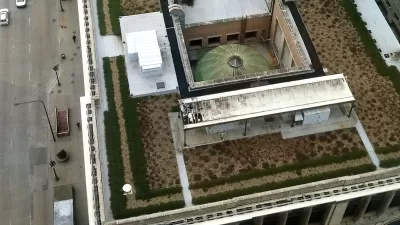The swim season for Los Angles County public pools has been extended, with swim facilities open for five months to provide relief from the hot weather.

Los Angeles County has extended the swim season for public pools to five months, keeping facilities open six days a week through October 31 to provide relief from the hot weather. County Supervisor Janice Hahn announced the extended season at the Don Knabe Regional Park Pool in Cerritos, emphasizing the need for access to pools during some of the hottest days in September and October. Previously, the traditional swim season lasted only 10 weeks, which Hahn noted was inadequate for residents during the later, hotter months.
The extended season features a variety of activities, including low-cost swim team programs, senior aquatic exercise, and the Parks After Dark pool events series. Norma E. García-Gonzalez, director of L.A. County Department of Parks and Recreation (DPR), expressed excitement about reopening all pools for the first time in five years and offering a range of aquatic programs to the public. The extended season aims to better meet community needs by providing much needed water-based recreational opportunities for residents.
To support the extended swim season, DPR made significant efforts to recruit and train lifeguards, hiring 356 new pool lifeguards and rehiring 224 returning lifeguards, bringing the total to nearly 600. Additionally, the county invested in new pool lighting to accommodate swimmers during the shorter daylight hours in the fall, ensuring that the facilities remain accessible and enjoyable for all residents throughout the extended season.
FULL STORY: Swim season extended for LA County public pools

Trump Administration Could Effectively End Housing Voucher Program
Federal officials are eyeing major cuts to the Section 8 program that helps millions of low-income households pay rent.

Planetizen Federal Action Tracker
A weekly monitor of how Trump’s orders and actions are impacting planners and planning in America.

Ken Jennings Launches Transit Web Series
The Jeopardy champ wants you to ride public transit.

California Invests Additional $5M in Electric School Buses
The state wants to electrify all of its school bus fleets by 2035.

Austin Launches $2M Homelessness Prevention Fund
A new grant program from the city’s Homeless Strategy Office will fund rental assistance and supportive services.

Alabama School Forestry Initiative Brings Trees to Schoolyards
Trees can improve physical and mental health for students and commnity members.
Urban Design for Planners 1: Software Tools
This six-course series explores essential urban design concepts using open source software and equips planners with the tools they need to participate fully in the urban design process.
Planning for Universal Design
Learn the tools for implementing Universal Design in planning regulations.
Ada County Highway District
Clanton & Associates, Inc.
Jessamine County Fiscal Court
Institute for Housing and Urban Development Studies (IHS)
City of Grandview
Harvard GSD Executive Education
Toledo-Lucas County Plan Commissions
Salt Lake City
NYU Wagner Graduate School of Public Service





























